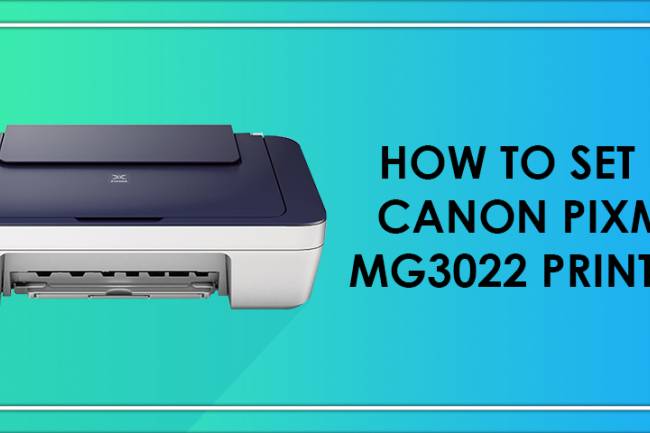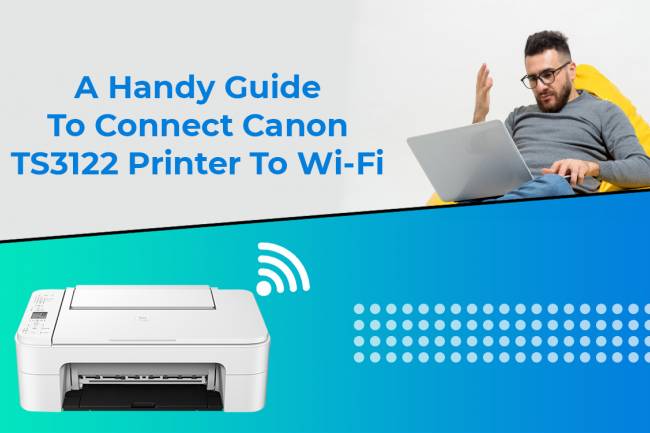
Elements and Processes Involved in Product Design
User demands and corporate objectives are combined during the product design to help firms create continuously successful solutions.
A designer aims to create a product that solves pain points for users and makes their experience with the product enjoyable. They also develop solutions allowing brands to maintain relevance in a world where technology and user experiences keep evolving.
Problem Research
Problem research is one of the essential elements of any product design project. It helps you identify problems your target audience is experiencing and can even help you solve them. Consider the speed-related issues that might hinder your design, for instance, if you're creating a car that can travel farther and faster than the one on the road today. A great way to collect this kind of data is with a technique known as space saturation and grouping. It involves gathering your team around a large wall or whiteboard and "saturating" it with Post-it notes that depict your findings.
Prototyping
Prototypes are a crucial element of the product design process. They are used to test a product's functionality before manufacturing begins and to communicate ideas and concepts to team members.
Designers from a UX design agency use prototypes in many ways, including sketches, paper interfaces, etc. They can also include interactive elements like clickable wireframes and storyboards.
Low-fidelity prototypes represent the basic layout and features of a product. They can be made from various materials and used to gather user feedback in the early stages of development.
Conceptualization
Conceptualization is one of the crucial components of a design, which goes through numerous processes in creating a product. With a strong concept, your product will be able to stand out in a competitive market.
Coming up with precise definitions for a notion is the process of conceptualization. It can be done by either quantitative or qualitative research.
Visualization
Product designers use visualization as a tool to communicate their ideas. It can take various forms, from low-fidelity mock-ups to high-fidelity blueprints. Visualization can help a product team understand how users will engage with a product, forcing them to shift their focus from what the product is to who it's for. The process of visualization is often paired with meditation and mindfulness. It can help you focus on your wants and create the mental patterns necessary to achieve your goals.
Testing
Testing is an essential element of product design because it helps to determine whether a product will be acceptable to its end users, target audience, and purchasers. It also helps to ensure that a product will be functional and reliable.
Typical test types include functionality, non-functional and regression testing. Usability testing involves observing people using the product to assess usability and identify issues. This type of testing is essential in user-centered design because it allows you to see how the product works with your target consumers. It also lets you ensure it will be easy to use and understand.
Marketing
Identification, anticipation, and satisfaction of client demands are all parts of marketing. It involves various activities, including advertising, sales and distribution strategies. It's the key to attracting and keeping customers satisfied with a company's products and services.
The four Ps of marketing—product, price, place and promotion—make up the marketing mix that helps businesses attract, retain and grow customers. Marketers must understand how each of these elements impacts the other to develop a strategy that meets both the product's and customer's needs.
Development
Product design is a process that blends user needs with business goals to make consistently successful products. It involves conducting research and designing solutions that address these requirements. Product designers must develop prototypes and usability tests based on their concepts. They must also be able to express their design concepts succinctly and clearly.













